#datanerds: Six Steps to Great Graphs and Charts
Beth's Blog: How Nonprofits Can Use Social Media
MAY 10, 2013
Source: Gemma Correll – I Love Charts. Note from Beth: I just knew that I was going to start obsessing about charts and graphs after my Excel spreadsheet obsessions started. What better way than in Excel. Step 1: Which Chart is Best? If your data adds up to 100%, you might choose a pie chart. It will feel good.













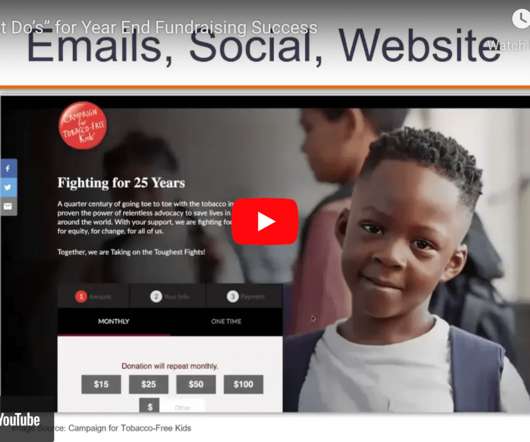
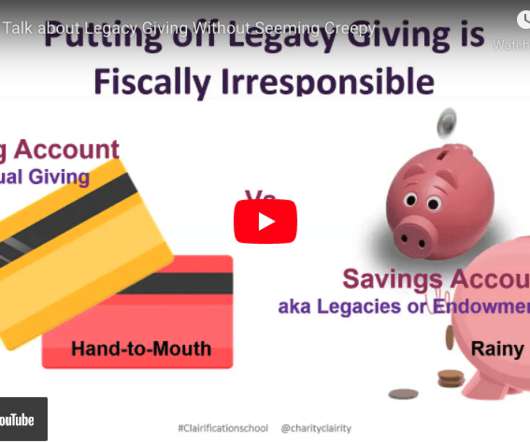
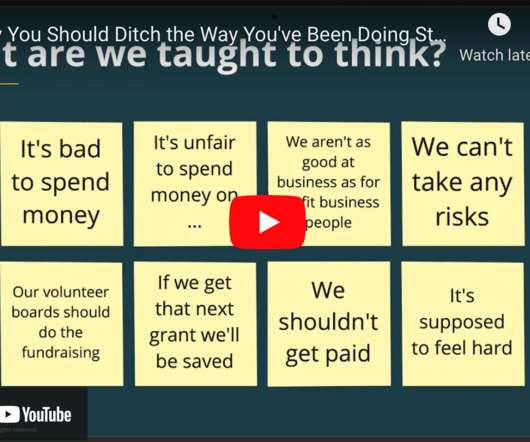

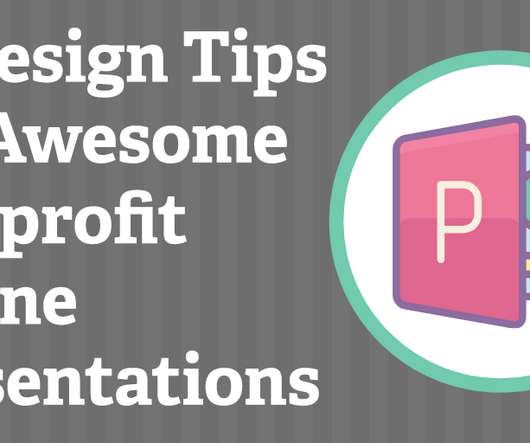
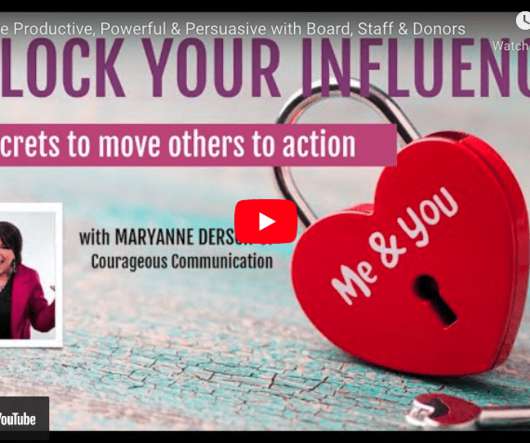







Let's personalize your content